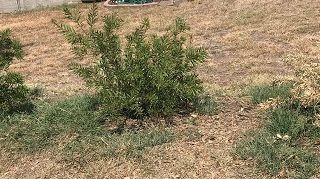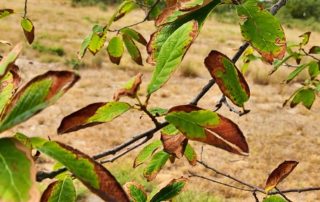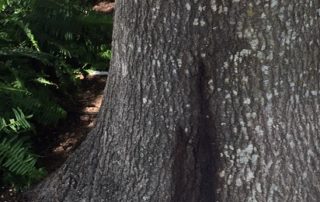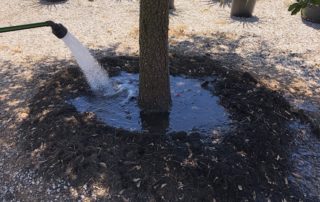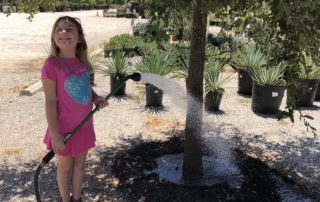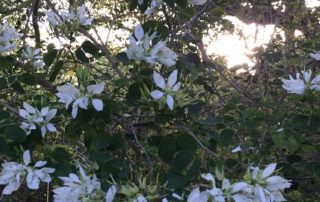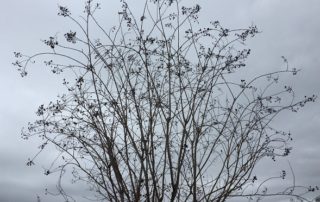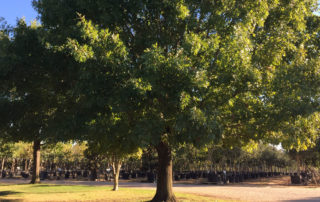Why Did My Plant Die?
One of the most common questions we get at the nursery is about plants dying. Each situation is unique, as the conditions each plant is grown in is unique. But what happens when you plant several plants and only one or two dies? To be more specific, “Why did one plant die and all the others that I planted at the same time and treated the same way are fine?” I hope to be able to guide you through the diagnostic process and give you some things to think about [...]

